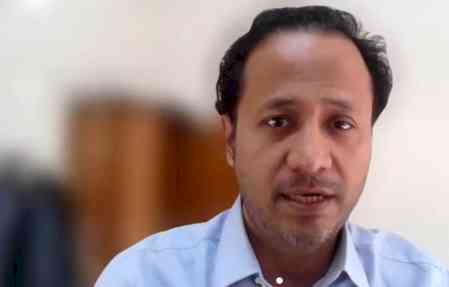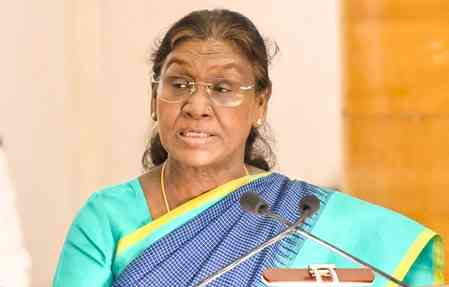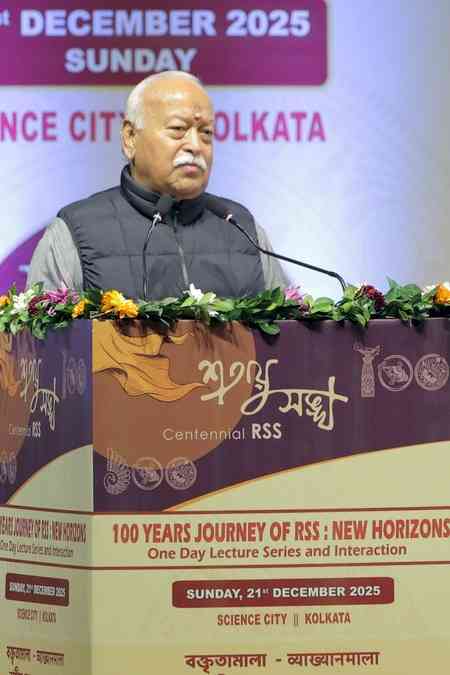Childhood Cancer: Types, Causes, and Key Risk Factors Demystified
Behind the clinical descriptions and medical jargon of childhood cancer lies a tapestry of human experiences. Childhood cancer, also known as pediatric cancer, is relatively rare when compared with adult cancers yet remains a serious concern worldwide. Thousands of children are diagnosed with various types of cancer each year, raising immense challenges for patients, families, and healthcare providers alike. Each diagnosis and treatment become a chapter in the collective of these young heroes and their families.

by Dr. Shantling Nigudgi - Sr. Consultant Radiation Oncologist HCG Cancer Centre Kalaburagi
Behind the clinical descriptions and medical jargon of childhood cancer lies a tapestry of human experiences. Childhood cancer, also known as pediatric cancer, is relatively rare when compared with adult cancers yet remains a serious concern worldwide. Thousands of children are diagnosed with various types of cancer each year, raising immense challenges for patients, families, and healthcare providers alike. Each diagnosis and treatment become a chapter in the collective of these young heroes and their families.
Typically, pediatric cancer affects children and adolescents, until the age of 19, and differs from adult cancers in terms of type, growth rate, causes, and response to therapy. Because of the same reason, they are also highly curable as well. It is imperative to understand the types, causes, and key risk factors associated with childhood cancer for early detection, effective treatment, and improved outcomes.
Types of Childhood Cancer:
When it comes to childhood cancer, children and adolescents are affected by a diverse range of malignancies. The most common types include leukemia, brain tumors, lymphomas, and solid tumors like neuroblastoma, Wilms tumor, and osteosarcoma. Leukemia or blood cancer, particularly acute lymphoblastic leukemia (ALL) and acute myeloid leukemia (AML), account for a significant portion of childhood cancer cases. About 30% of childhood cancer cases are accounted for by leukemia.
Brain tumors, including gliomas and medulloblastomas, are also prevalent, often requiring complex treatment strategies due to their location and aggressive nature.
Causes of Childhood Cancer:
In simple terms, cancer occurs because the repair mechanism of the body gets disturbed. Aberrations happen in our cell machinery, which the body fails to repair, and this ultimately leads to uncontrolled division of cells.
Over the years, researchers have identified several factors that may contribute to the development of childhood cancer, though the exact causes remain elusive. In certain childhood cancers, genetic mutations play a significant role, increasing the risk of malignancies such as retinoblastoma and neurofibromatosis. Furthermore, exposure to environmental carcinogens during pregnancy or early childhood, such as tobacco smoke, radiation, and certain chemicals, can increase the risk of developing cancer later in life.
It is also important to note that several childhood cancer cases have been found to occur sporadically without any identifiable cause.
Key Risk Factors:
Despite the fact that childhood cancer affects children of all ages, certain risk factors may predispose children to an increased likelihood of developing it. Some of these risk factors are mentioned below:
Genetic Syndromes: Children with certain genetic syndromes have a higher risk of developing specific types of cancer. These disorders may include Down syndrome, Li-Fraumeni syndrome, and Beckwith-Wiedemann syndrome etc.
Family History: A family history of cancer in first-degree relatives (parents or siblings) may indicate an increased genetic susceptibility to certain malignancies.
Environmental Exposures: There have been many cases where exposure to environmental toxins, such as pesticides, industrial chemicals and even ionizing radiation, during pregnancy or early childhood, have increased the risk of childhood cancer.
Immune Suppression: Children with weakened immune systems are always at a higher risk of developing cancer. The weakness in the immune system can either be due to any underlying medical conditions or immunosuppressive therapies.
Gender: Cancers can also be gender specific. It has been found that neuroblastoma and Wilms tumors present gender disparities, with more males being affected than females.
In conclusion, childhood cancer is a complex and multifaceted disease with diverse types, causes, and risk factors. Whatever the case may have been, early detection of these cancers is crucial. Often, parents and pediatricians are unable to diagnose cancer until a later stage. This is due to the fact that most cancer symptoms are similar to those of common illnesses. Any concerning symptoms should result in prompt evaluation because if detected early, childhood cancer is easily curable. Advances in technologies have also significantly improved the survival rates in such cases. The goal is to demystify childhood cancer and provide hope for a better, cancer-free future for all children by increasing awareness, promoting early detection, and advancing treatment modalities.


 City Air News
City Air News 








